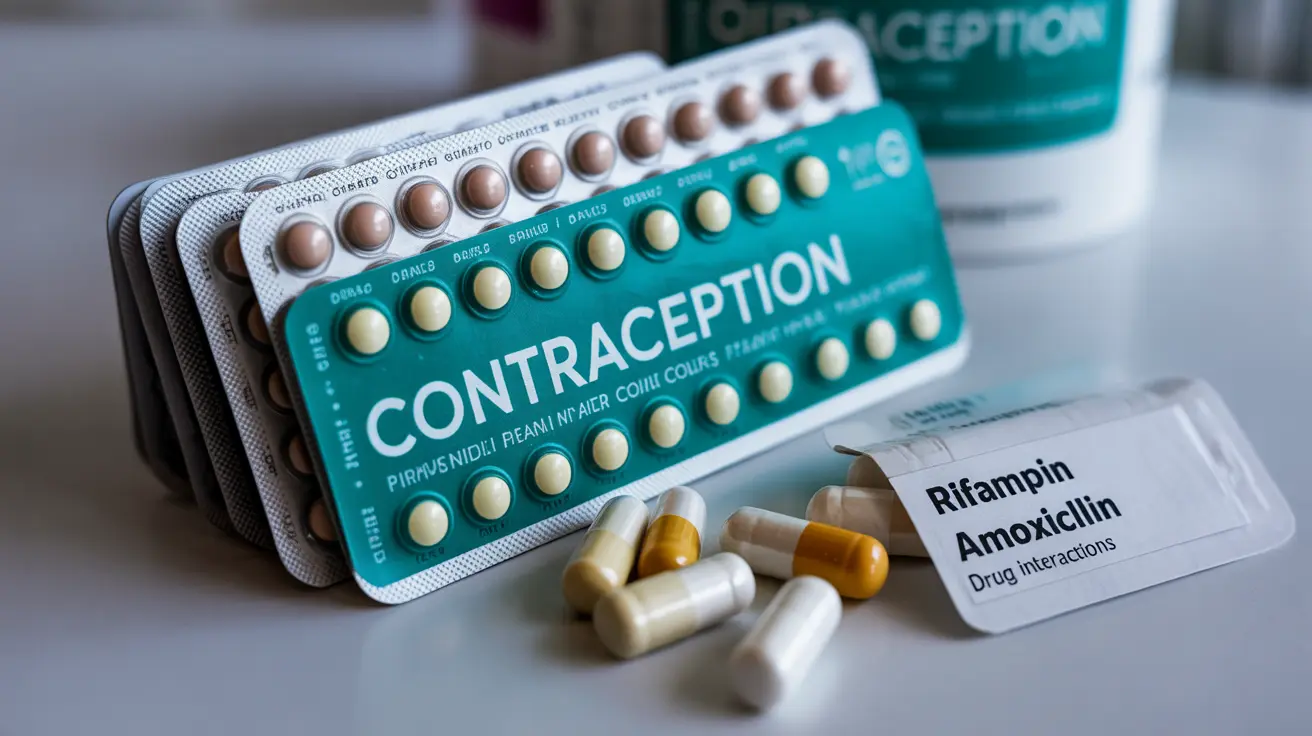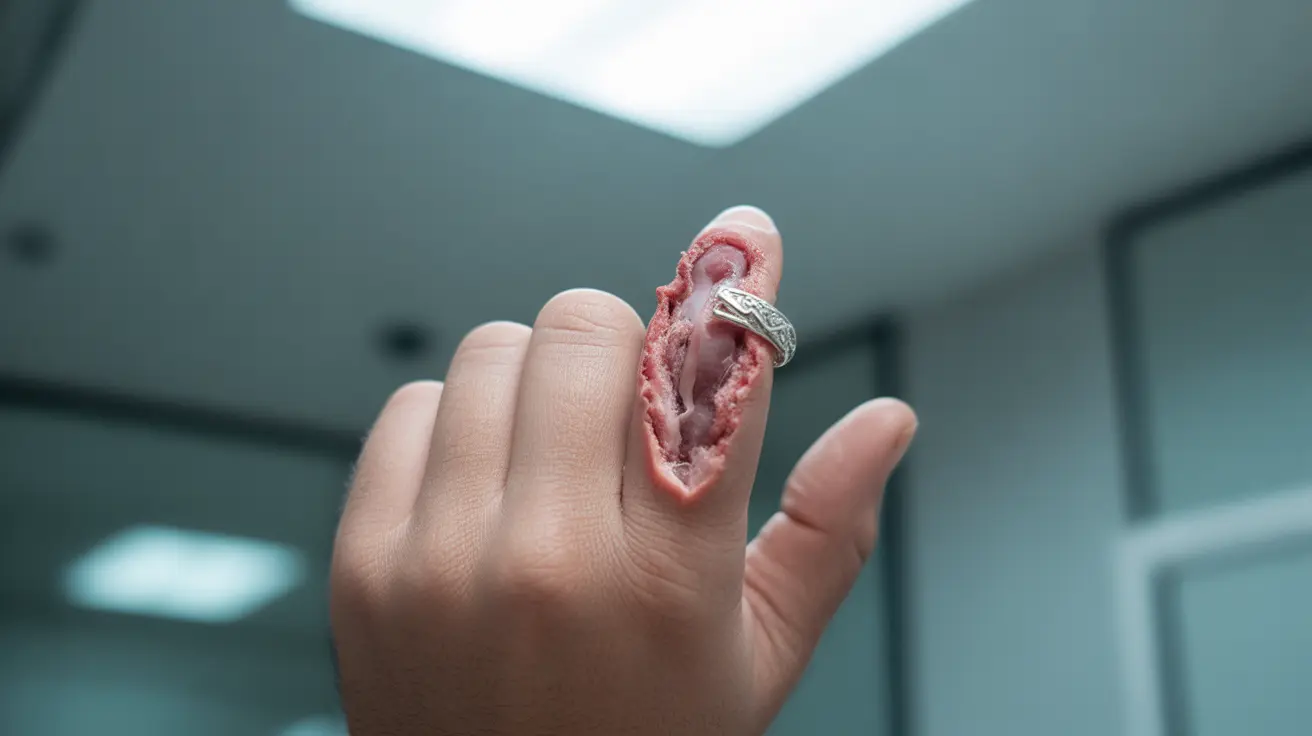For millions of people living with celiac disease or gluten sensitivity, determining which foods are safe to eat can be a daily challenge. Rice, being one of the world's most widely consumed grains, naturally becomes a topic of concern for those following a gluten-free lifestyle.
Understanding whether white rice contains gluten is crucial for making informed dietary choices. While the answer may seem straightforward, there are important nuances regarding processing, cross-contamination, and product variations that everyone on a gluten-free diet should know.
Understanding Gluten and Rice Basics
Gluten is a group of proteins found specifically in wheat, barley, rye, and their derivatives. These proteins give dough its elastic texture and help bread rise. Rice, however, belongs to an entirely different botanical family and naturally contains no gluten proteins.
White rice is produced by removing the outer hull, bran, and germ from rice grains, leaving behind the starchy endosperm. This processing method doesn't introduce gluten, as the rice grain itself is inherently gluten-free. The milling process typically involves mechanical removal rather than any chemical treatments that might introduce gluten-containing ingredients.
Safety for Celiac Disease and Gluten Sensitivity
Pure white rice is completely safe for individuals with celiac disease, non-celiac gluten sensitivity, and wheat allergies. The protein composition of rice consists primarily of glutelin and prolamin, which are entirely different from the problematic proteins found in gluten-containing grains.
Medical research consistently supports rice as a staple food for gluten-free diets. Many gastroenterologists and dietitians specifically recommend rice as a safe carbohydrate source for newly diagnosed celiac patients during the healing process.
However, it's important to distinguish between plain white rice and rice-based products that may contain added ingredients. The safety depends entirely on how the rice is processed, packaged, and prepared.
Potential Gluten Contamination Risks
Cross-Contamination During Processing
While rice itself contains no gluten, cross-contamination can occur during harvesting, transportation, or processing. Some rice mills also process wheat, barley, or other gluten-containing grains, creating the potential for trace amounts of gluten to contaminate rice products.
Shared equipment, storage facilities, and packaging lines represent the primary sources of cross-contamination risk. Even microscopic amounts of gluten can trigger symptoms in highly sensitive individuals with celiac disease.
Manufacturing Facility Considerations
Reputable rice producers often implement strict protocols to prevent cross-contamination, including dedicated gluten-free processing lines and regular testing procedures. However, not all manufacturers follow these practices consistently.
Some rice products may be processed in facilities that also handle wheat-based products, increasing the likelihood of inadvertent gluten exposure. This is particularly relevant for flavored rice mixes, instant rice products, and pre-seasoned varieties.
Processed and Flavored Rice Products
Flavored rice products, seasoned rice mixes, and instant rice preparations often contain additional ingredients that may include gluten. Common additives like soy sauce, wheat-based thickeners, malt flavoring, or modified food starch can introduce gluten into otherwise safe rice products.
Rice pilaf mixes, Spanish rice seasonings, and convenience rice products frequently contain wheat flour as a thickening agent or barley malt as a flavoring component. These additions transform naturally gluten-free rice into products that are unsafe for those avoiding gluten.
Even some rice cakes, rice crackers, and rice-based snacks may contain gluten-containing ingredients or be manufactured on shared equipment. Reading ingredient labels becomes essential for these processed variations.
Decoding Product Labels
Effective label reading requires attention to both the ingredient list and manufacturing statements. Look for explicit "gluten-free" certification labels from recognized organizations like the Gluten-Free Certification Organization (GFCO) or similar bodies.
Ingredients to avoid include wheat, wheat flour, barley, barley malt, rye, brewers yeast, and modified food starch unless specified as corn or potato-based. Some manufacturers use terms like "natural flavoring" that could potentially contain gluten-derived ingredients.
Pay special attention to advisory statements such as "may contain wheat" or "processed in a facility that also processes wheat." These warnings indicate potential cross-contamination risks that could affect highly sensitive individuals.
The Glutinous Rice Misconception
Despite its name, glutinous rice (also called sweet rice or sticky rice) is completely gluten-free. The term "glutinous" refers to the sticky, glue-like texture that develops when this variety of rice is cooked, not to the presence of gluten proteins.
Glutinous rice contains higher levels of amylopectin starch, which creates its characteristic sticky consistency. This rice variety is commonly used in Asian cuisine for desserts, dumplings, and specialty dishes, and it's perfectly safe for those following gluten-free diets.
The naming confusion has led many people to unnecessarily avoid this nutritious rice variety. Understanding that "glutinous" describes texture rather than gluten content helps clarify this common misconception.
Safe Shopping and Storage Practices
When purchasing white rice, opt for brands that specifically label their products as gluten-free and conduct regular testing for gluten contamination. Major rice brands increasingly offer certified gluten-free options to meet growing consumer demand.
Store rice in airtight containers away from potential sources of cross-contamination in your kitchen. If you use shared cooking equipment, ensure thorough cleaning before preparing rice to prevent inadvertent gluten exposure from previous cooking activities.
Consider purchasing rice from dedicated gluten-free facilities or brands that specialize in allergen-free products. While these options may cost slightly more, they provide additional peace of mind for those with severe gluten sensitivity.
Frequently Asked Questions
Is white rice gluten-free and safe for people with celiac disease?
Yes, pure white rice is naturally gluten-free and completely safe for people with celiac disease. Rice belongs to a different plant family than wheat, barley, and rye, and contains no gluten proteins. However, always check labels to ensure no gluten-containing ingredients have been added during processing.
Can processed or flavored rice products contain gluten?
Yes, many processed and flavored rice products can contain gluten through added seasonings, sauces, or thickeners. Common sources include soy sauce, wheat-based seasonings, malt flavoring, and modified food starch. Always read ingredient labels carefully on rice mixes, instant rice products, and seasoned varieties.
What should I look for on labels to ensure rice is gluten-free?
Look for explicit "gluten-free" certification labels and carefully read ingredient lists for wheat, barley, rye, malt, or wheat-based additives. Pay attention to manufacturing statements like "may contain wheat" or "processed in a facility with wheat," which indicate potential cross-contamination risks.
Is glutinous rice actually gluten-free despite the name?
Yes, glutinous rice is completely gluten-free. The name refers to its sticky, glue-like texture when cooked, not the presence of gluten. This rice variety contains high amounts of amylopectin starch, which creates its characteristic stickiness, and is safe for those avoiding gluten.
How can cross-contamination affect the gluten-free status of white rice?
Cross-contamination can occur when rice is processed, stored, or packaged in facilities that also handle wheat, barley, or rye. Shared equipment, transportation, and storage can introduce trace amounts of gluten. Choose brands that use dedicated gluten-free facilities or have strict contamination prevention protocols.




